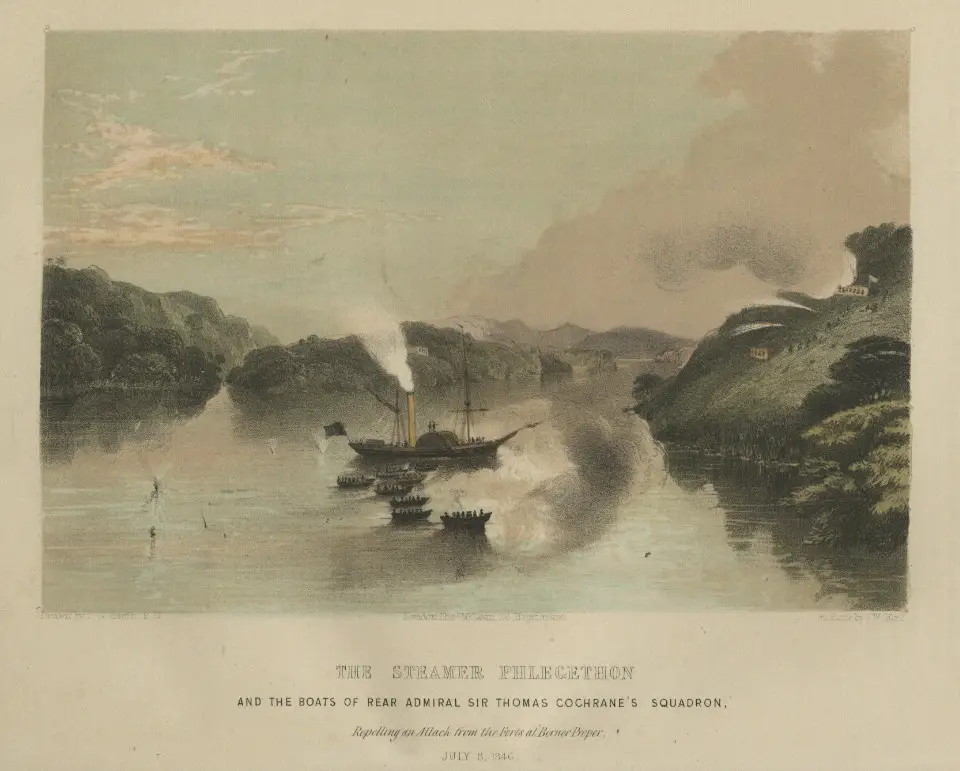Before there were doctors and nurses, the people of Sarawak relied on traditional healing ceremonies to cure sickness.
Every ethnic group has its own healing ceremony, for example the Ibans have their pelian and the Melanau turn to berayun and berbayoh to heal the sick.
For the Bisaya people in the Sarawak, their traditional healing ceremonies are called numbul and bedukun.
The numbul ceremony
It is the custom of the Bisaya that if a woman is sick, a numbul ceremony is held in order to cure her.
According to Benedict Sandin in his paper The Bisaya of Borneo and the Philippines, the word numbul means a curing ceremony for a sick woman officiated by a female shaman.
Benedict wrote, “To carry out the ceremony, a female shaman wears a petticoat, sarong, cloak and bracelets. From the wrist to the elbow of her silver are nine silver buttons.”
As she starts her invocation chants, the shaman sits at the centre of the gathering of people who beat the gongs at the open veranda of the house.
The invocation chants last from dusk till dawn. As she chants her songs, she summons the soul of the patient to return quickly from where it has wandered away.
If the patient can be cured, her soul will come back as summoned by the shaman.
What happens if she cannot be cured? Then her soul will never again come back to her.
The moment the soul comes back, the shaman catches it with her hand and places it carefully on a white piece of calico cloth. Then she places it on the head of the patient.

What happens if the numbul ceremony fails?
After the shaman has successfully performed her numbul over the patient, the latter and her family are assured that she will be cured from her current illness.
If her soul did not return to her, another numbul ceremony can be officiated by the same shaman.
The shaman before this can still perform the numbul over the same patient up to three times.
If the patient still cannot be cured, another female shaman should be called upon to perform the numbul ceremony for her.
In the meantime, many people are invited to attend the numbul ceremony. The whole night they will partake in food and drink at the house of the patient’s family.
At the end of the ceremony, the shaman declares that every member of the patient’s family and those who stay in the same house must not do any outdoor work for three days.
Besides this, the shaman also strictly prevents any visitor who come to the house to bring with him a knife which has resin (malau) in its handle.
Any visitor found bringing such weapon will be fined according to the customary rules of the numbul ceremony.
Bedukun ceremony for a sick man
If a man is sick, the Bisaya family usually calls for a dukun (medicine man) to come to cure him.
For this ceremony, the dukun does not necessarily wear ceremonial dress as does the female shaman and he recites no long chants for the patient.
The dukun performs the ceremony only for about one hour. During this time he only blows (taurik) the air to the painful spot of the sick man’s body. Additionally, he recites a special spell (puchau) over the place of the patient’s pain.
Just like the numbul ceremony, the dukun declares that all members of the patient’s family must not do outdoor work for three days.
At the same time, he forbids all visitors to the family’s house to bring with them a knife which has resin in its handle.
Although we may not practice Sarawakian traditional healing ceremonies, it is always important to at least remember them.


























